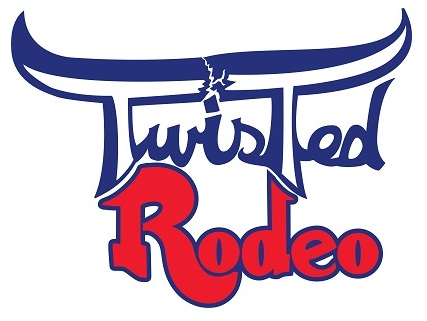ALLEN, Texas – What the fans don’t see behind the scenes at a rodeo makes a big difference in what they witness in the arena.
The goal always is a flawless presentation, especially for the staff of Dallas-based Carr Pro Rodeo, the livestock producer for the Tom Thumb Texas Stampede, set for 7:30 p.m. Friday, Nov. 9, and noon and 7:30 p.m. Saturday, Nov. 10, at the Allen Events Center.
 “We try to have the theatrical portion of our show not interfere with the competition side,” said John Gwatney, a production supervisor for the firm. “We try to run a good, fast, clean performance without interfering with the competition.
“We try to have the theatrical portion of our show not interfere with the competition side,” said John Gwatney, a production supervisor for the firm. “We try to run a good, fast, clean performance without interfering with the competition.
“That’s where we’re different from other rodeo companies. If we’re not ready, the cowboy has to wait. When it comes time for that cowboy to compete, we’ve done everything we can to make that animal ready for that cowboy, so all he has to do is nod his head.”
The nod is the signal for the competition between man and animal to begin, and the cowboys and cowgirls who are involved take it seriously. Rodeo is how they make their livings, and they only walk away from the arena with a paycheck if they’re one of the best that day.
But rodeo is also entertainment, much like other professional sports. Fans put up their money in order to enjoy their time, and that’s where the production comes into play.
“I think over the years, the Guymon Pioneer Days Rodeo has developed a reputation of not only having the best contestants, but also having the best livestock as well,” said Ken Stonecipher, a longtime member of the Guymon (Okla.) Pioneer Days Rodeo committee. “With Pete Carr putting that team together, it’s a win-win for us. Our fans, which are extremely rodeo-savvy, have come to expect it, and they have not been disappointed.”
That’s something in which Pete Carr takes great pride, and it’s why he’s put together a crew of top-flight rodeo personnel.
“I think the fans come to the rodeo to see the best show they can see, and we’re there to put it on for them,” Carr said. “We want them to enjoy the experience from beginning to end and to leave that arena wanting more. I’ve got people around me that work very hard to make that happen.”
The process actually starts well before the first rodeo of the season, from the planning and development to the assignments each person on the staff has when it’s time to put on the show.
“At the Rafter C rodeos, what starts the production is our version of Americana,” said Gwatney, a team roper and steer wrestler who has worked in rodeo production much of his life. “We’re looking to get peoples’ emotions up, get them on the edge of their seats so when that first animal bucks, the height of the excitement is already up.
“Whether it is one of the many costume changes or the uniformity of the yellow horses, the pageantry of it all, we’re trying to stir something in those people. What makes Pete’s rodeos successful is the timing of it all.”
